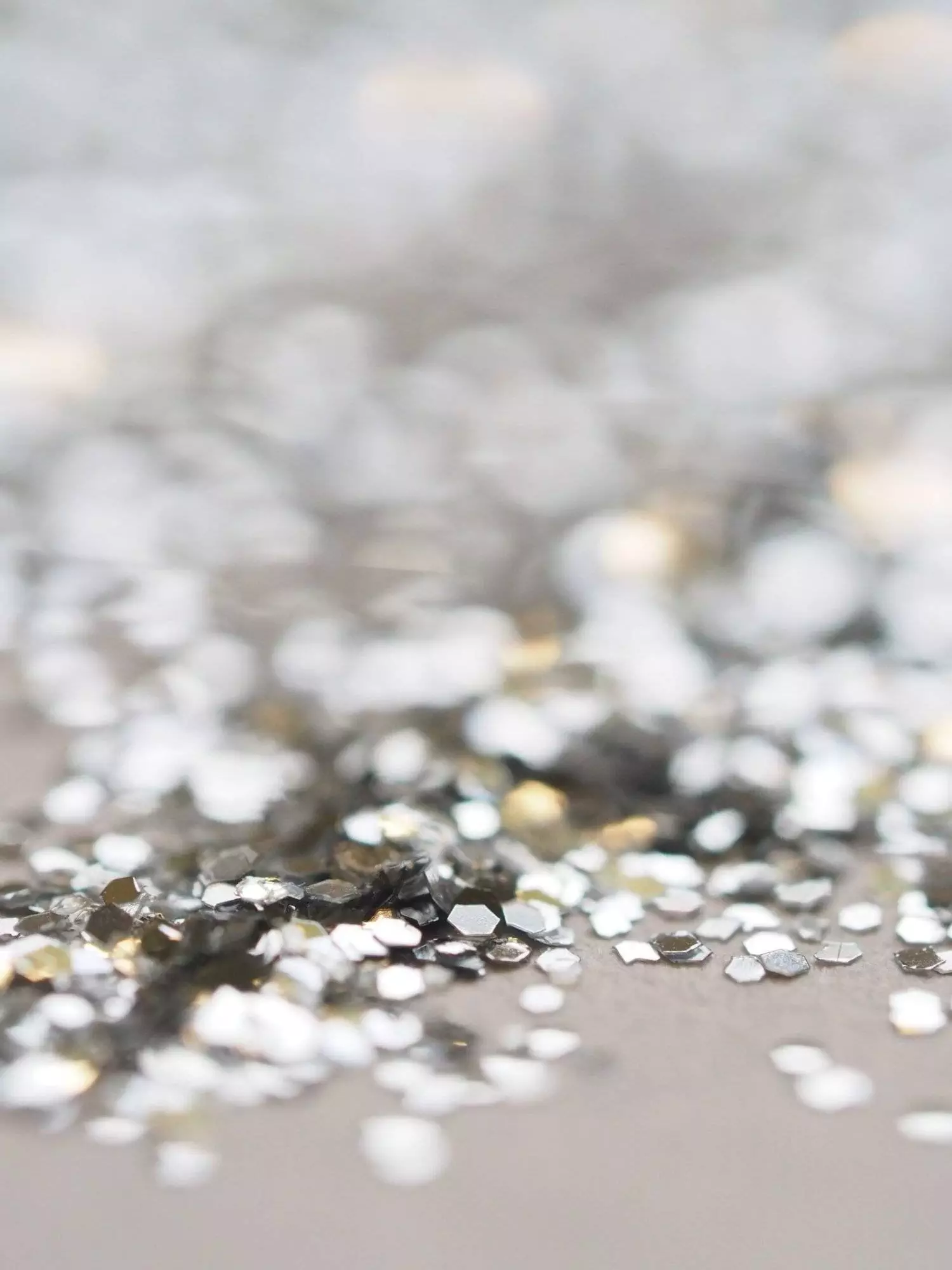Silver plating is a popular technique used to enhance the appearance and durability of various objects. Whether it’s jewelry, cutlery, or decorative items, silver plating can transform ordinary objects into stunning pieces that exude elegance and sophistication. In this article, we will explore the benefits of silver plating and the process involved in achieving that beautiful silver finish.
Benefits of Silver Plating
There are several benefits to silver plating that make it a preferred choice for many individuals and industries:
1. Enhanced Appearance
Silver plating adds a lustrous and reflective surface to objects, giving them a luxurious and timeless appeal. The bright and shiny finish of silver plating can instantly elevate the overall aesthetic value of an item, making it more visually appealing.
2. Increased Durability
One of the key advantages of silver plating is its ability to protect the underlying material from corrosion and wear. The silver layer acts as a barrier, preventing the object from tarnishing and extending its lifespan. This is especially beneficial for items that are frequently used or exposed to harsh conditions.
3. Versatility
Silver plating can be applied to a wide range of materials, including metals like copper, brass, and nickel, as well as non-metal materials like ceramics and plastics. This versatility allows for endless possibilities in terms of design and application.
The Silver Plating Process
The process of silver plating involves several steps to ensure a flawless and long-lasting finish. Here is a brief overview of the typical silver plating process:
1. Surface Preparation
The object to be silver plated undergoes thorough cleaning to remove any dirt, grease, or oxidation. This step is crucial to ensure proper adhesion of the silver layer and to prevent any imperfections in the final finish.
2. Electrocleaning
After cleaning, the object is subjected to an electrocleaning process. This step removes any remaining impurities and prepares the surface for the silver plating solution.
3. Electroplating
The object is then immersed in a silver plating solution, along with a silver anode. An electric current is passed through the solution, causing the silver ions to bond with the object’s surface. The duration of electroplating depends on the desired thickness of the silver layer.
4. Finishing
Once the desired thickness is achieved, the object is carefully removed from the plating solution and rinsed to remove any excess chemicals. It is then dried and polished to achieve a smooth and shiny surface.
Maintaining Silver Plated Items
Proper care and maintenance are essential to preserve the beauty and longevity of silver plated items. Here are a few tips to keep in mind:
1. Gentle Cleaning
When cleaning silver plated items, use a soft cloth or sponge and mild soap or silver cleaning solution. Avoid abrasive cleaners or brushes that can scratch the surface.
2. Avoid Harsh Chemicals
Avoid exposing silver plated items to harsh chemicals, such as bleach or ammonia, as they can tarnish or damage the silver plating.
3. Store Properly
Store silver plated items in a dry and tarnish-resistant environment, such as a jewelry box or a protective pouch. This helps prevent exposure to moisture and air, which can accelerate tarnishing.
4. Regular Maintenance
Regularly inspect and clean your silver plated items to remove any tarnish or dirt that may have accumulated. This will help maintain their shine and prevent tarnishing from spreading.
Overall, silver plating offers a range of benefits, from enhancing the appearance of objects to increasing their durability. With proper care and maintenance, silver plated items can retain their beauty and elegance for years to come.

